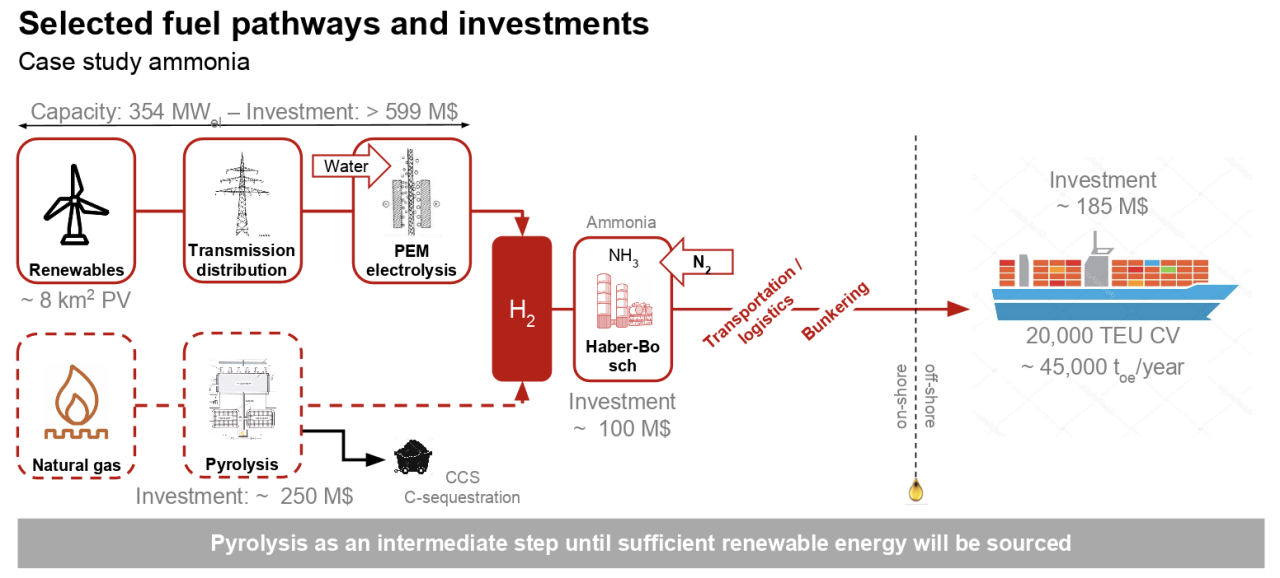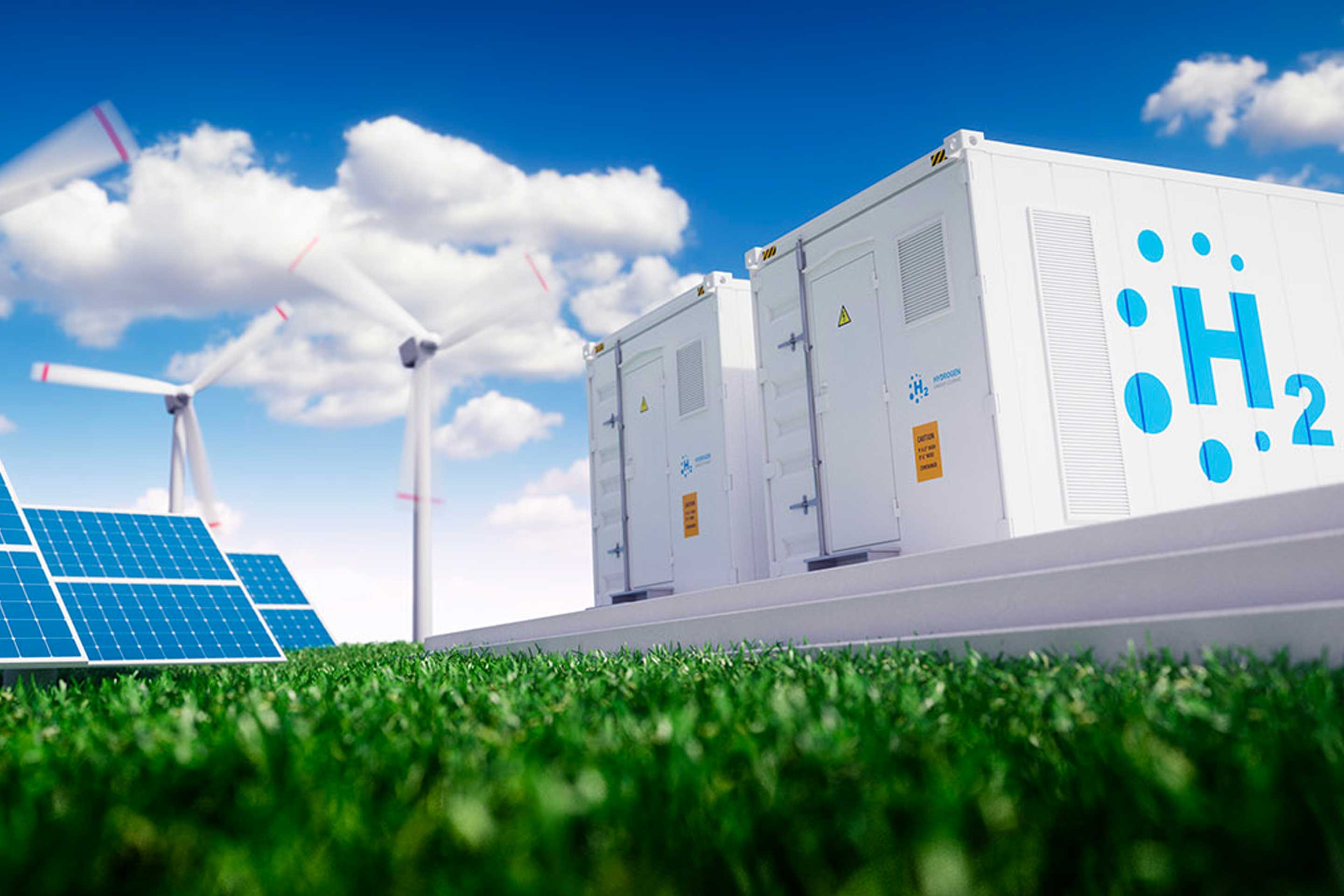With protests taking place around the world to help raise awareness of climate change, the International Maritime Organization’s (IMO) stringent decarbonization targets for the maritime industry have never seemed more relevant. The Initial IMO GHG Strategy sets out ambitions for the maritime industry to reduce CO2 emissions by 40% in 2030, by 70% in 2050 and reduce total GHG emissions by at least 50% in 2050 compared to 2008 levels.
The challenges in finding alternative fuel sources
The maritime sector currently requires around 270 million tons of oil equivalent (Mtoe) per year, and the biggest challenge is finding viable alternatives to current fossil fuels. Biofuels have been discussed but questions remain: sustainability, traceability, the overall GHG reduction impact as well as the availability of biofuels in sufficient volumes for shipping are just a few of the details to be ironed out.
For example, it’s projected that 6.3 – 7.8 Mtoe of advanced biofuels will be produced in the EU in 2030 – which won’t even be enough to supply the business-as-usual EU road and rail energy demand in that year. Other industries including the road transportation and aviation sectors are also interested in biofuels as an alternative to fossil fuels. Full electrification is another approach, but difficult in deep-sea shipping due to the large distances, the high energy demand for powering deep-sea ships and space requirements.
While biofuels are limited in the amounts available, and electrification might play a bigger role in short-sea and inland shipping, fuels based on hydrogen with a zero or net zero carbon footprint are key if the deep-sea shipping industry is to drastically reduce GHG emissions.
Producing hydrogen through electrolysis
Hydrogen can be produced through electrolysis using electricity from renewable energy sources like wind, solar or hydro. During electrolysis, water is split into hydrogen and oxygen. There are different forms of electrolysis, including alkaline (ALK), proton exchange membrane (PEM) and high temperature electrolysis.
ALK electrolyzers are well established and the most wide-spread form of electrolysis for hydrogen production. PEM electrolyzers are commercially available, are more flexible in operation and are more reactive than current alkaline electrolyzer technology. Generally, electrolysis has efficiency levels between 60-80%. Low temperature electrolyzers like ALK and PEM currently have an efficiency level of about 65% on average. Higher efficiency levels can be achieved through optimization, but this also leads to an increase in costs.
High temperature solid oxide electrolyzers (SOE) may offer the potential of improved energy efficiency (80-90%), but it’s a process that still needs to mature. While PEM electrolyzers require significant amounts of platinum for their catalyst, SOE production mainly requires ceramics and fewer rare materials.
With existing efficiency levels, electricity supply needs to be almost 100% from renewable sources to have a net reduction effect for shipping. It will take a long time until most public grids are fully renewable, however, and other more efficient processes are in the pipeline. The alternative is to produce hydrogen at dedicated production plants, which will also take time and significant upfront investment. This means there’s a risk that hydrogen from electrolysis will not be available on time and with sufficient volume to have the required impact for the maritime industry’s 2050 ambitions.

Using steam methane reforming, pyrolysis and CCS to produce hydrogen
With large-scale electrolysis and renewable electricity in short supply, at least in the near future, other hydrogen production pathways could offer an alternative for a transitional phase. Using carbon capture and storage (CCS) with steam methane reforming (SMR), or carbon sequestration with pyrolysis, could enable a faster transition to a large-scale hydrogen supply for many industries. Even though these pathways do not produce hydrogen with a zero-carbon footprint, they do offer the possibility of reducing emissions in the short-term, with the ability to transition later on to a production based solely on renewable energy sources.
Today, 95% of hydrogen production is fossil-fuel based, with SMR the most common production process. Mainly natural gas is used for SMR with high temperature and pressure, and the help of a nickel catalyst. The captured CO2 from the exhaust gases of SMR could be used in other industry sectors or it could be stored. However, CCS is not mature enough, and it’s also an energy-consuming process once transport and storage is factored in, requiring the establishment of a sound and standardized regulatory framework and monitoring to avoid negative environmental impacts or carbon leakage.
Hydrogen can also be produced using pyrolysis, which is the thermal decomposition of carbon-based materials in the absence of oxygen. During pyrolysis, carbon is extracted in its pure form as a powder (char). Unlike carbon dioxide, the logistics for pure carbon handling and disposal are simple, and long-term underground storage is easily possible. It can also be used in the chemical industry. Production costs may be lower than the hydrogen pathway from renewable electricity via electrolysis, at least for a transition period.
Competing for hydrogen
The maritime sector will be in competition for hydrogen with various sectors globally, and many industries which currently still produce hydrogen from natural gas need to consider switching to zero carbon energy sources for hydrogen production in the future.
The growing global population will also require its share; the entire natural gas pipeline infrastructure required for heating and power generation purposes on a seasonal basis must be fed by renewable energy carriers based on hydrogen. Additionally, other transport sectors like aviation, off-highway or road transport are also looking for solutions besides electrification to reduce emissions.
However, renewable electricity is limited. Any growth in renewables seems mostly reserved to deliver fossil-free electricity to support increasing demands on the public grid.
That means the maritime industry will need huge investment if it’s to meet the IMO’s ambitious targets using hydrogen as a fuel source, with dedicated production facilities required to generate renewable energy for the large-scale production of hydrogen. Embracing the methods above is certainly possible, but it won’t be cheap or easy.














